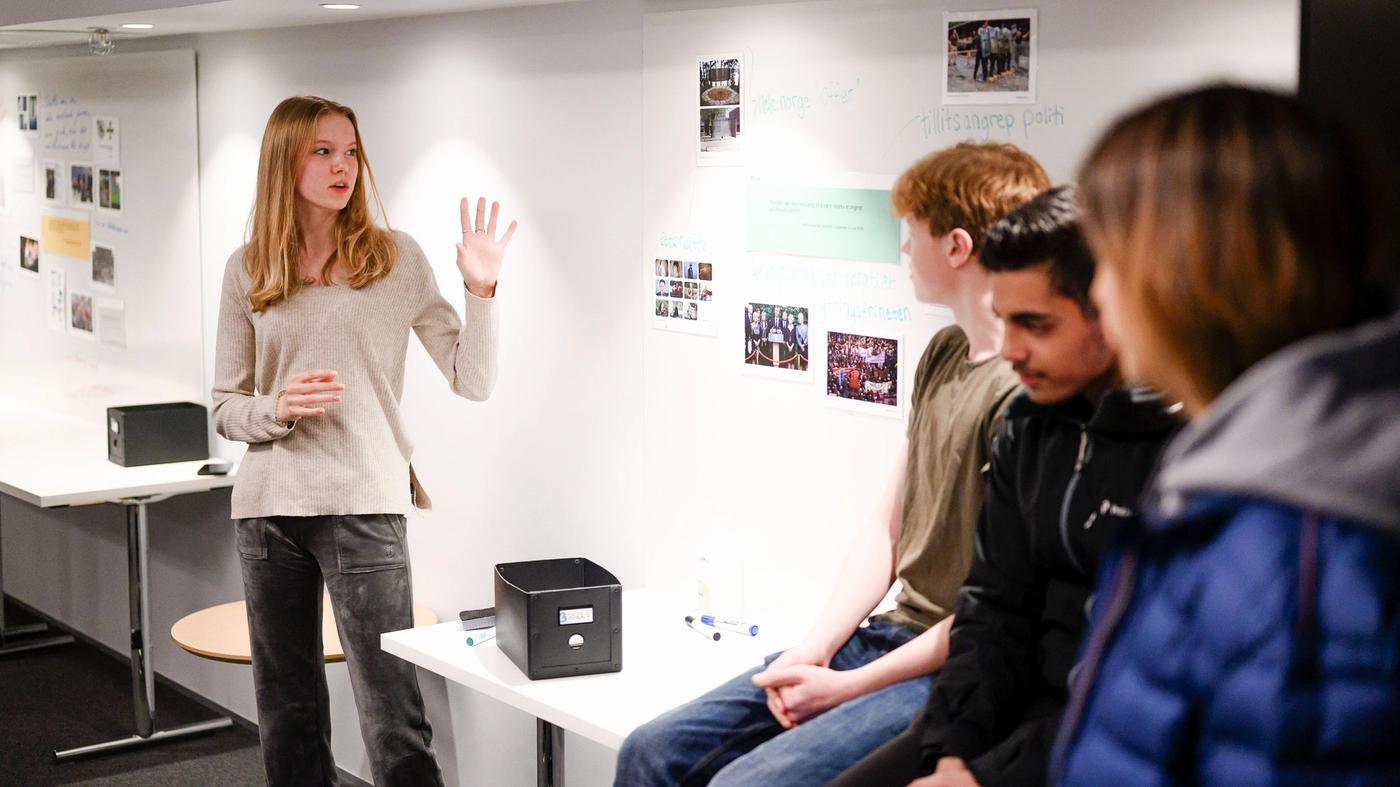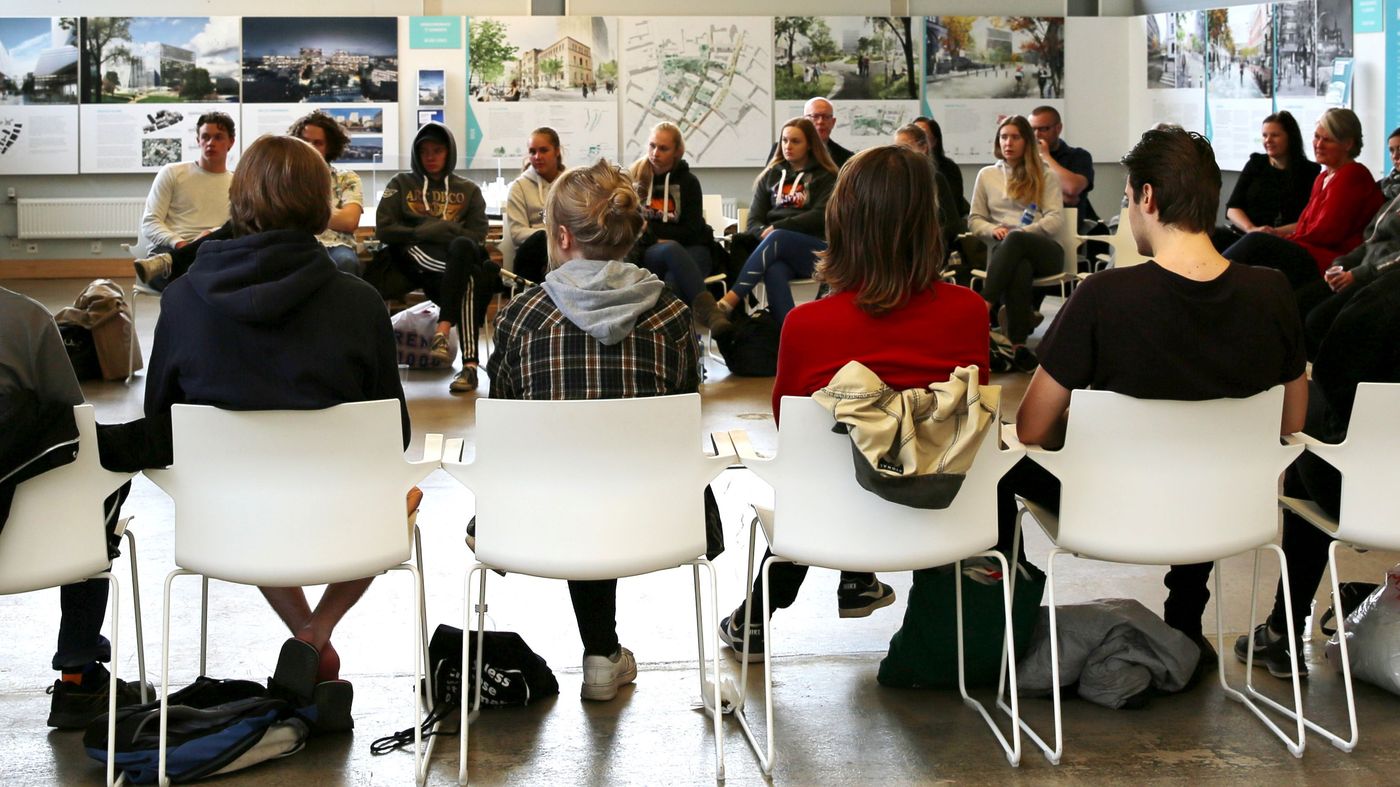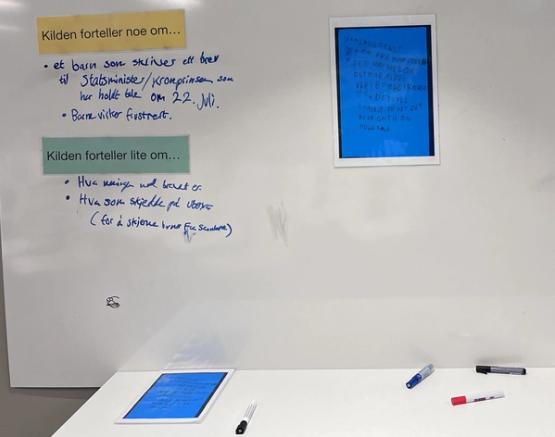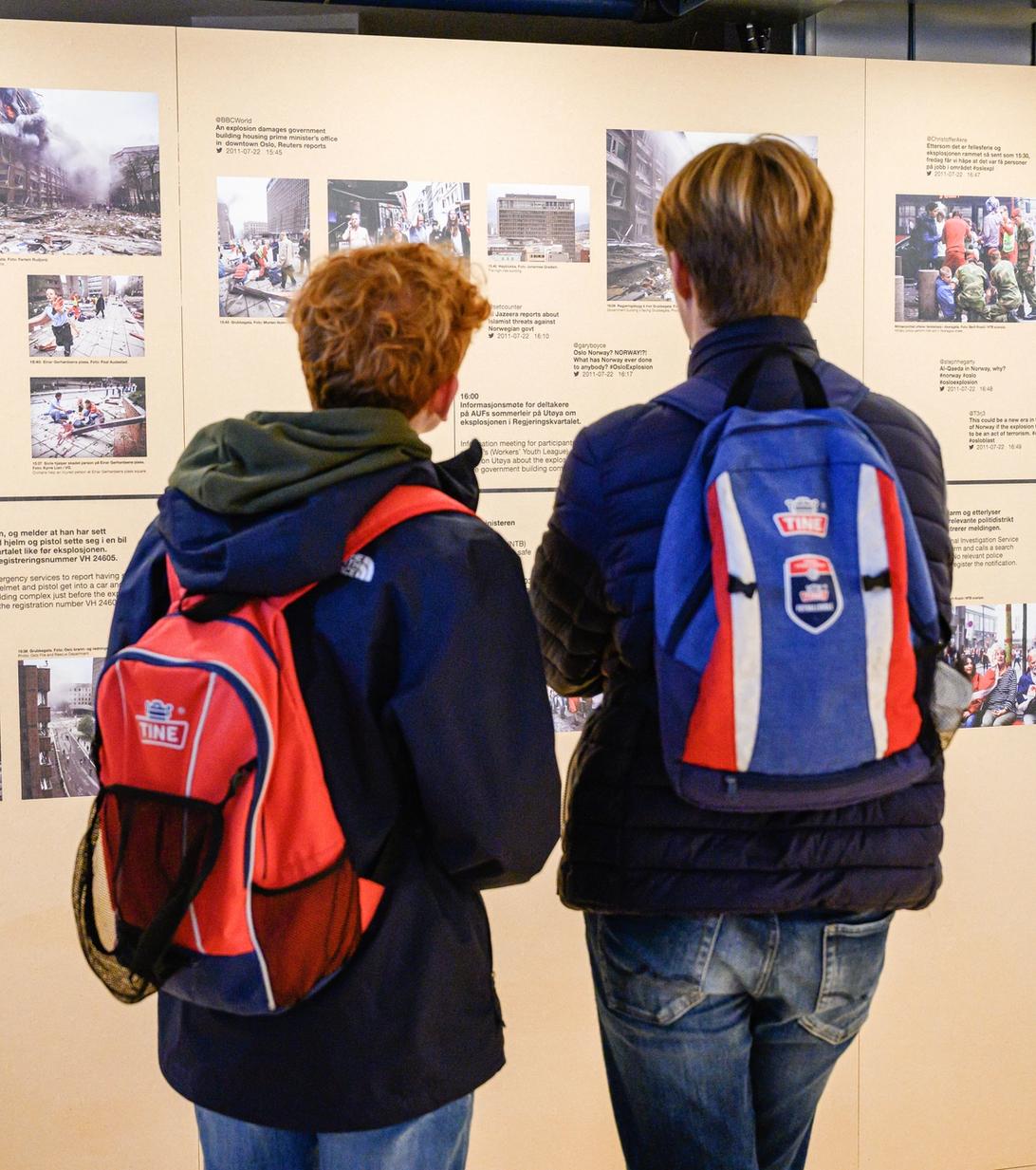Welcome to the 22 July Centre!
The main target group for the 22 July Centre consists of all pupils from 8th grade up to the end of upper secondary school, but other groups are also warmly welcome!
We recommend that both preparatory and follow-up work be undertaken in association with a visit to the 22 July Centre. All educational programs include an introduction to the sequence of events on 22 July, an exhibition walk-through and an introduction to and a discussion of the terrorist’s objectives, motives and ideology, in addition to the content of the specific teaching material chosen for the visit.
All of our educational programs are free of charge.







